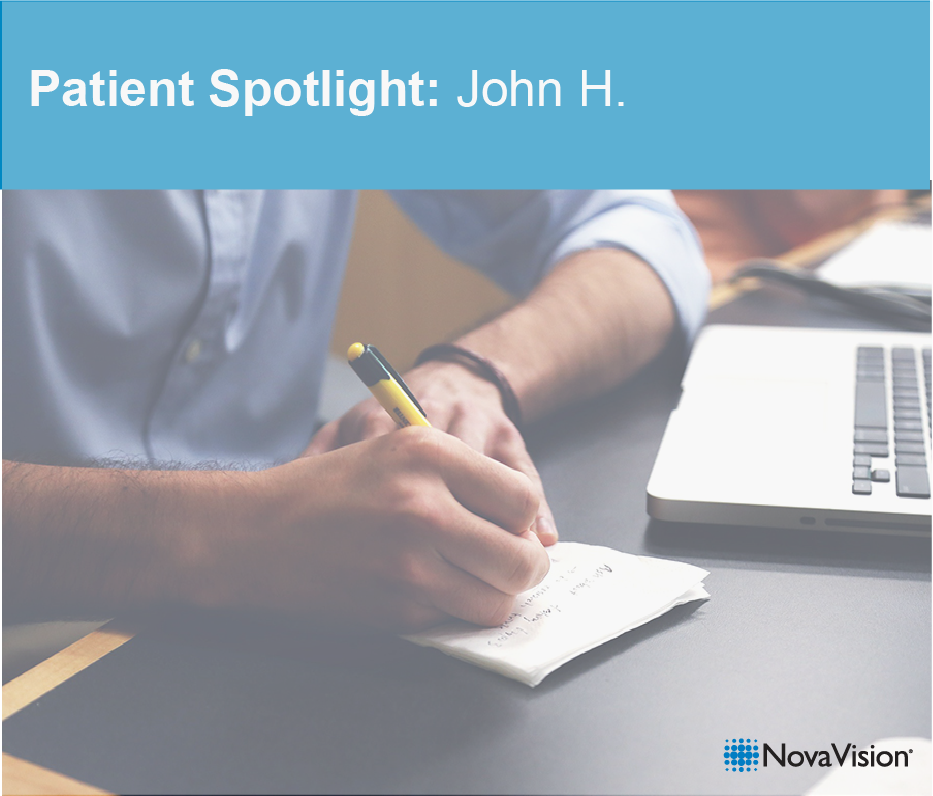
We are back this month with a testimonial from our patient John. He had to overcome some hurdles before beginning VRT but at the end it was all worth it. We are happy to hear that our therapies have had a significant improvement in his activities of daily life. Here is John’s testimonial:


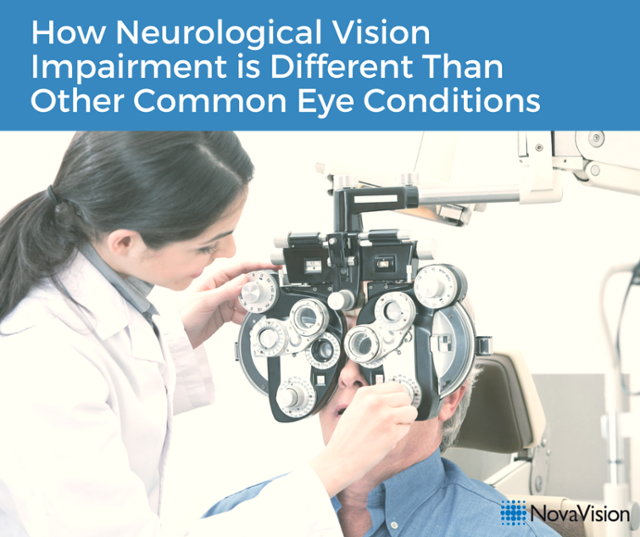
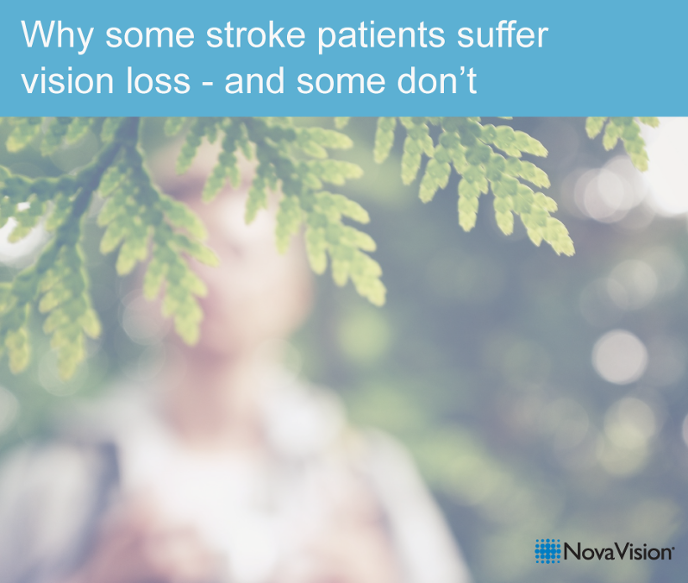

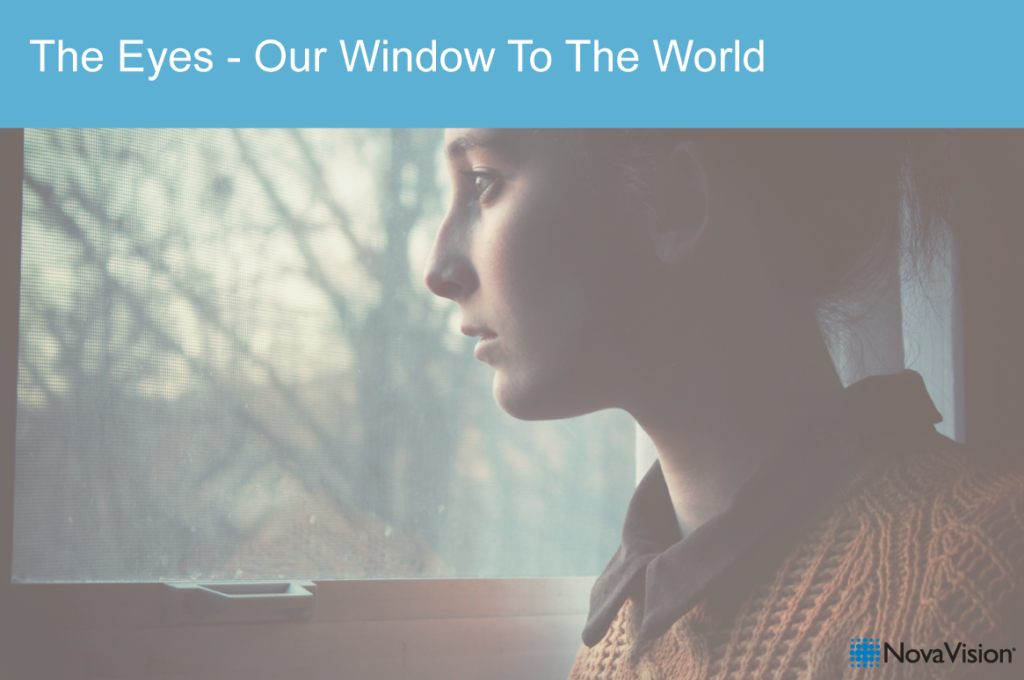
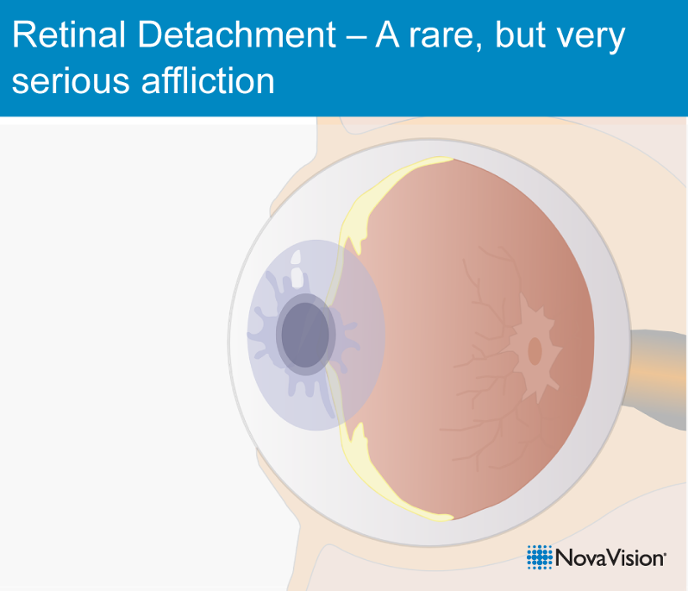

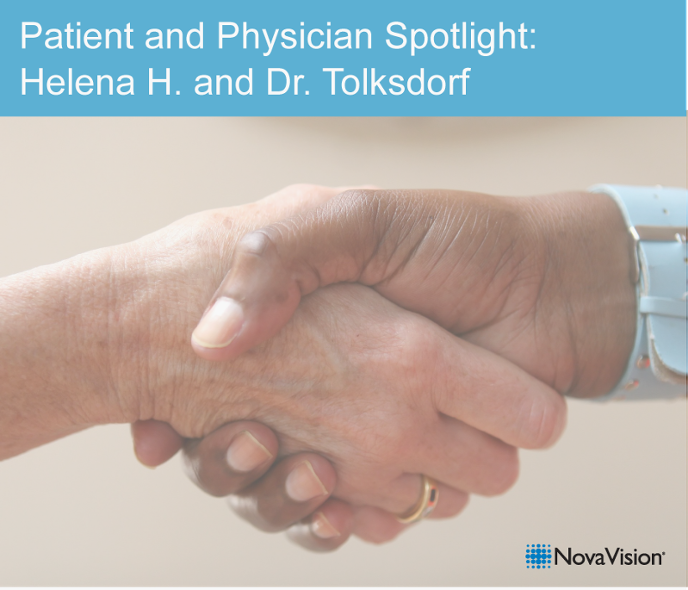
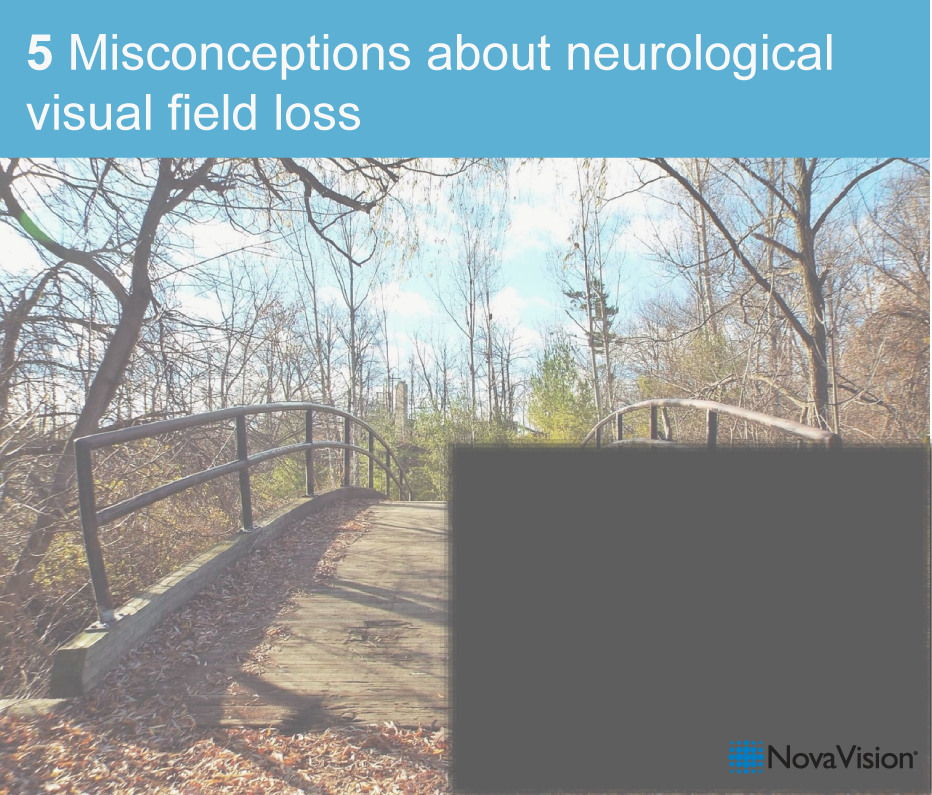
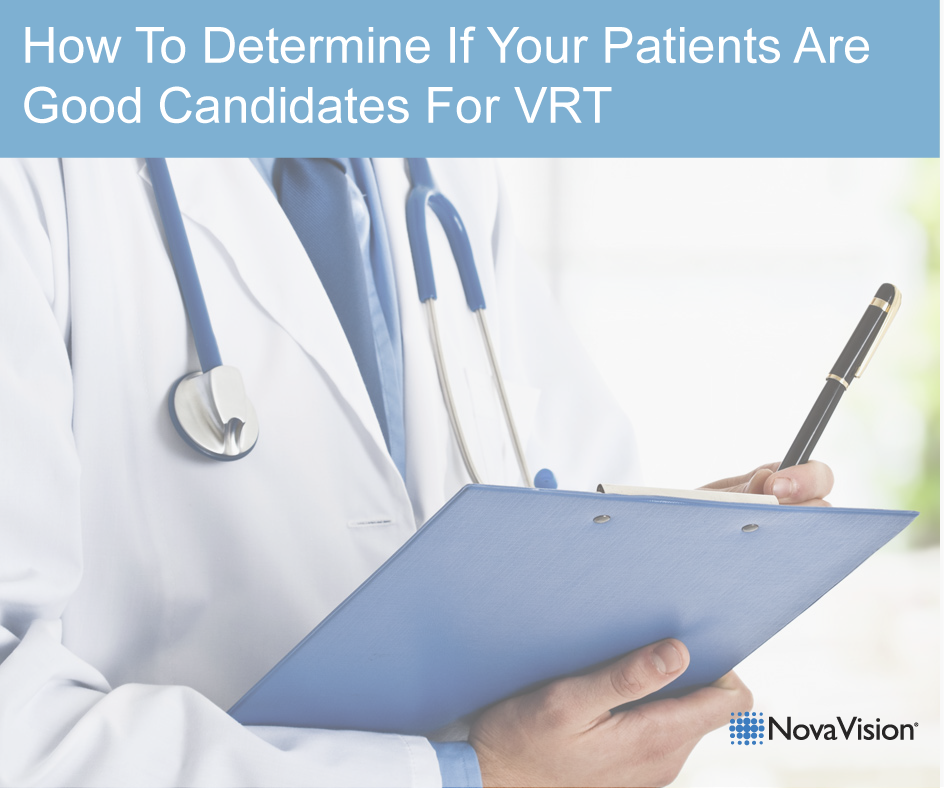
Recent Comments